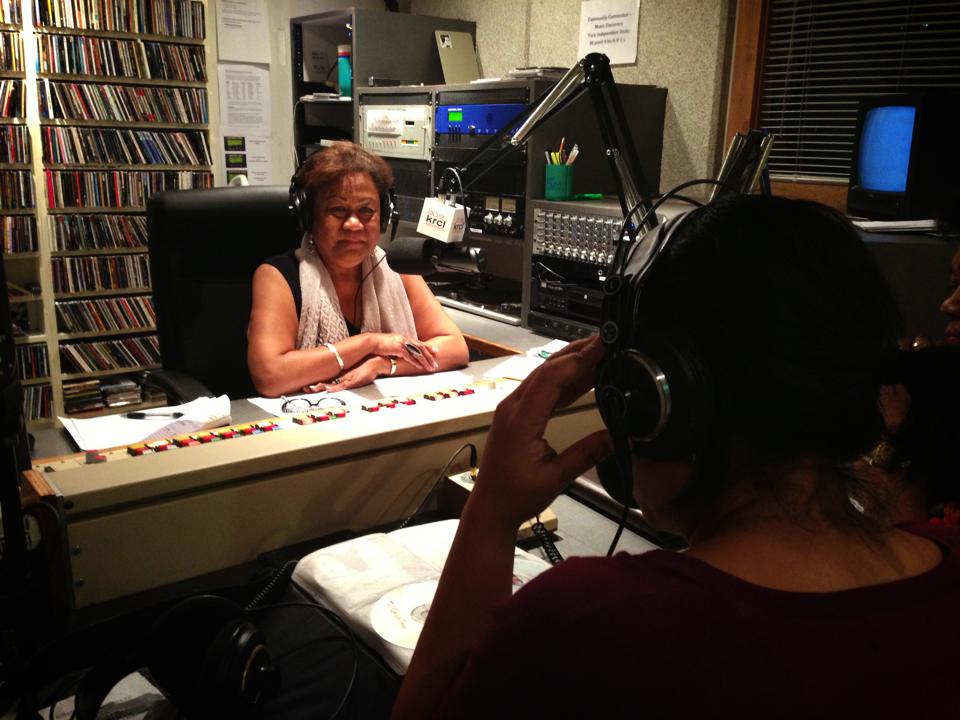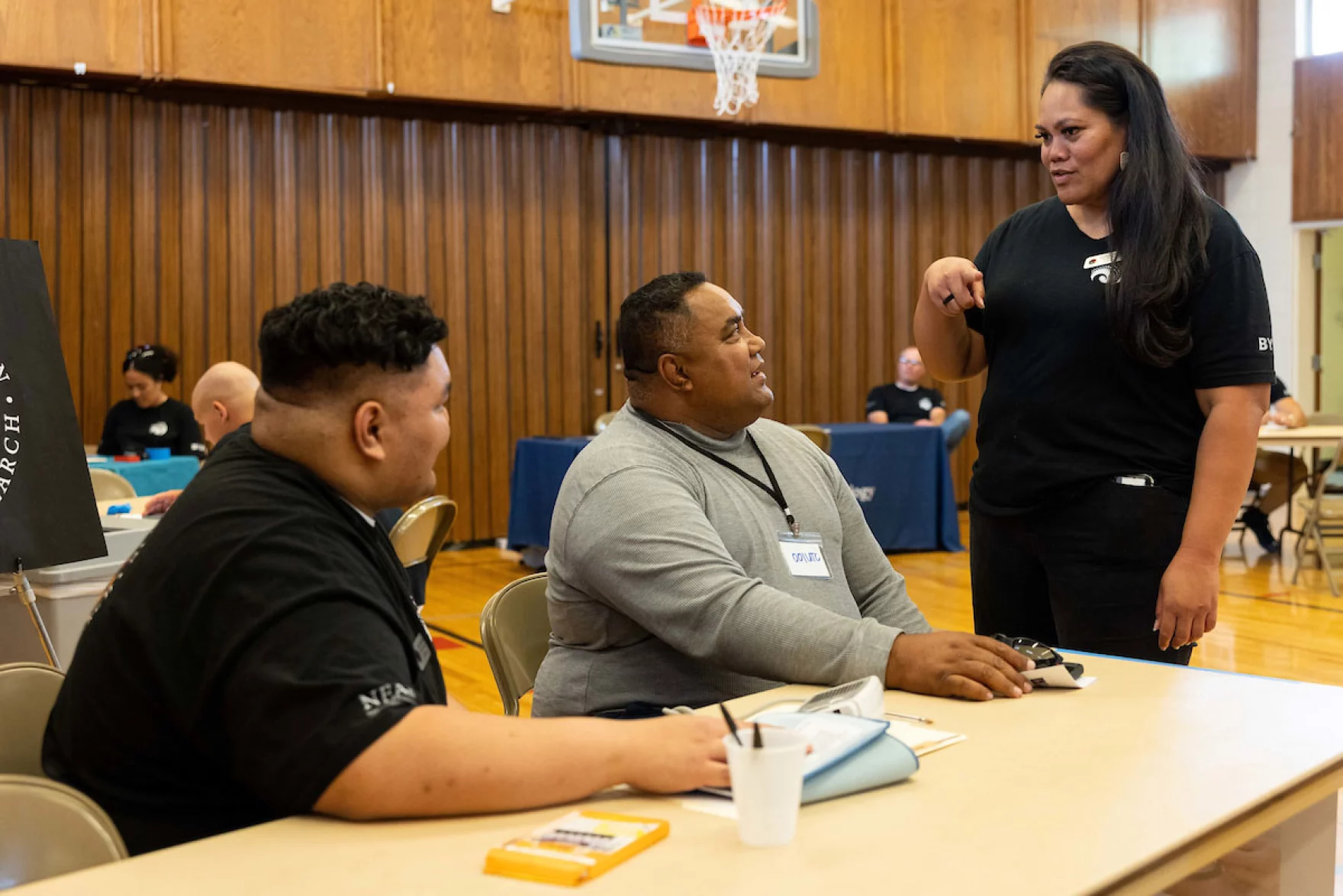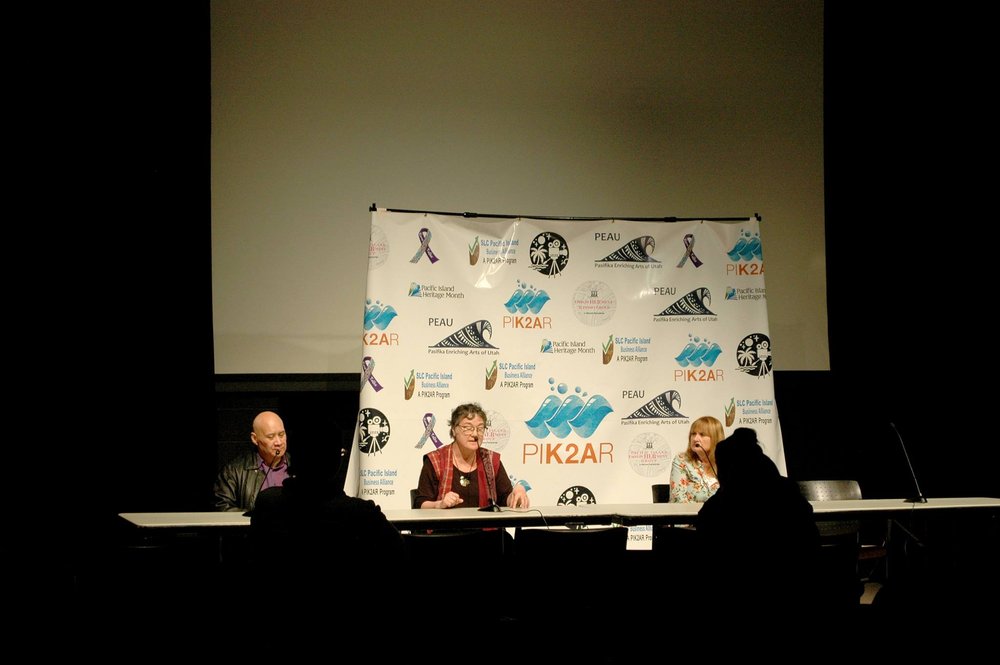Utah’s pacific islander Community
From THE PACIFIC OCEAN to THE GREAT SALT LAKE: Utah’s Pacific Islander CommunitIES
Native Hawaiian and Pacific Islander (NH/PI) communities have been part of Utah's story since Hawaiians settled in Salt Lake City (Warm Springs)in the 1870s and at Iosepa (Tooele County) in 1889. Maoris and Samoans began arriving in the 1880s followed by families from across Oceania including, Tonga, Fiji, Guam, the Marshall Islands and the Federated State of Micronesia. This vibrant history distinguishes Utah as the state with the oldest NH/PI community and among the largest proportional NH/PI population in the continental USA. While most live along the Wasatch Front, their presence and contributions are felt throughout the state in every sector of Utah's society from arts and higher education, to civics and economic development, and everything in-between.

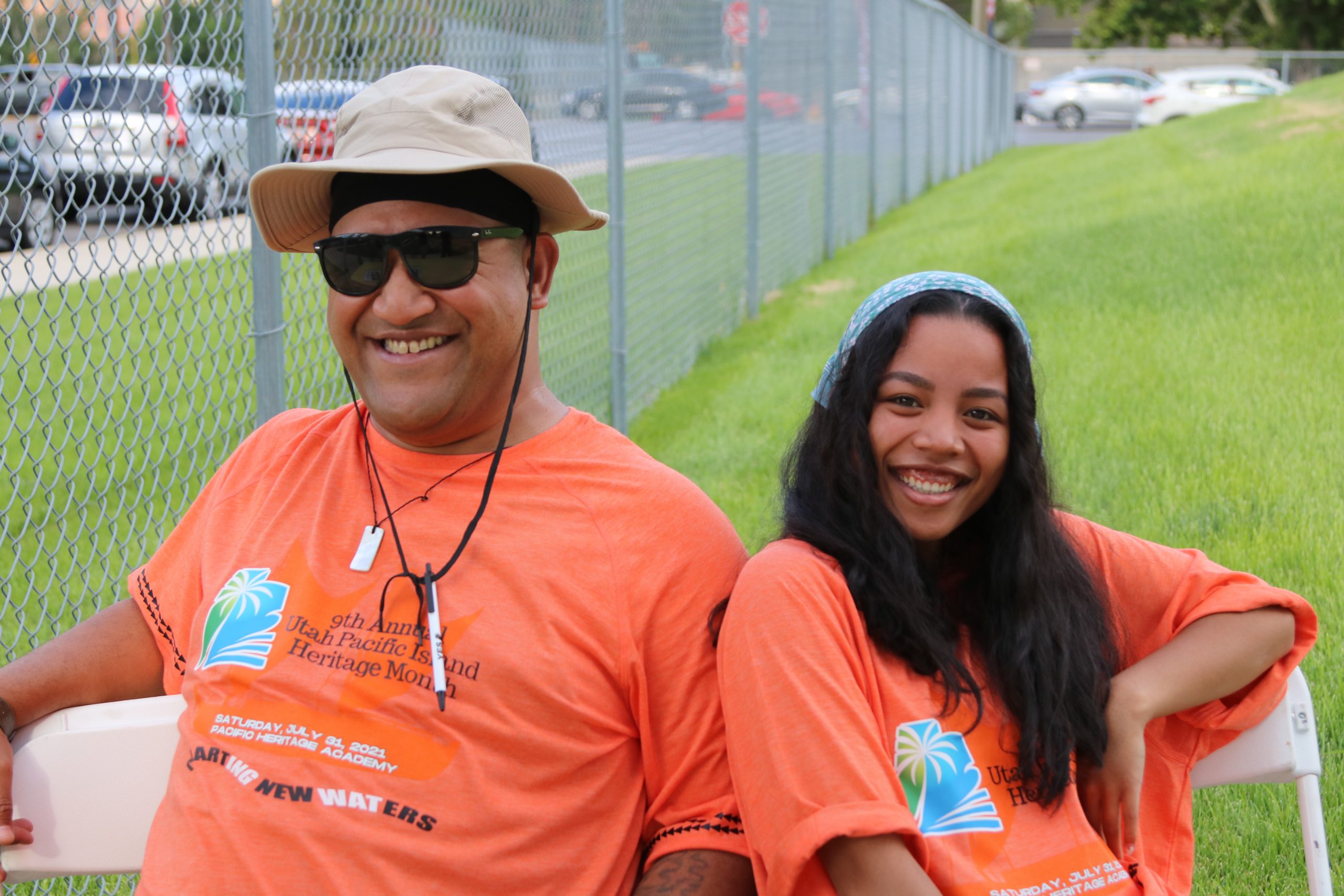
Utah Division of Multicultural Affairs, Utah Pacific Islander Heritage Kick-Off Event
Bringing Us Together: Utah’s Pacific Island Heritage Month & Festivals
Since 2012, Utah has recognized August as Pacific Island Heritage Month. Events are planned to celebrate the expansive Pasifika culture and to share each community’s unique history and contributions to the state. Pacific Island Knowledge to Action Resources hosts the Utah Pacific Island Heritage Month Kickoff at the beginning of a month of festivities. The longest-running NH/PI festivals in the state are the Iosepa Memorial Celebration (celebrated for over 40 years) and the Friendly Islands Tongan Festival (approaching its 30th anniversary in 2024) There are also other festivals such as Utah Polynesian Days, Samoan Heritage Festivals, Micronesian Liberation and Independence Days, and intercollegiate cultural showcases that keep the celebrations throughout the state going.
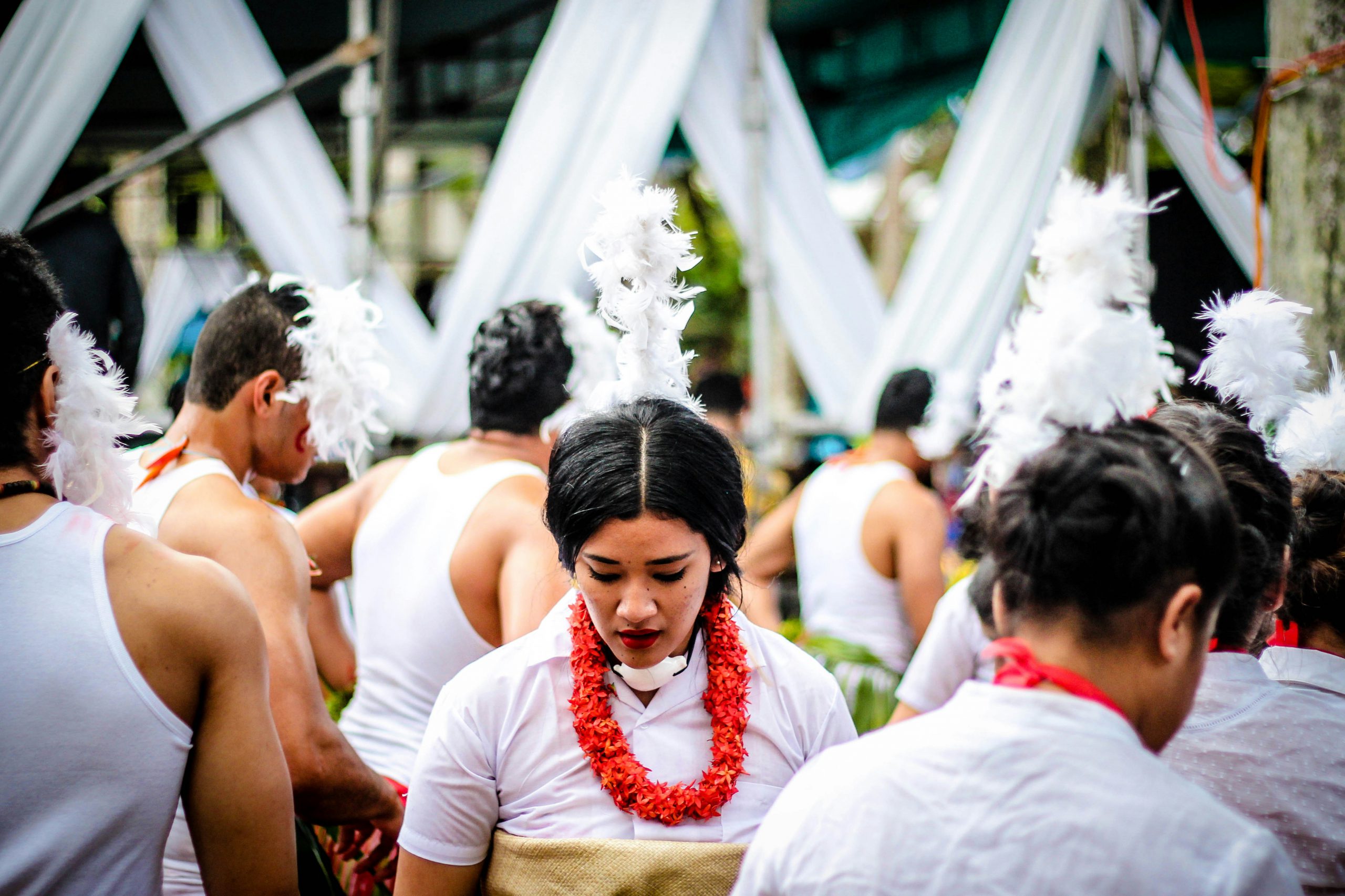
Hula, Siva, Tau'olunga: Stories of Motion Through Dance
Dance isn’t just a performance. For the Native Hawaiian and Pacific Islander communities, traditional performance arts embody heritage and tradition as an expression of identity and history. Through movements, gestures, music and chants, Pacific Islanders convey stories of creation, migration, love, and everyday life. In this spotlight of a local dance group, Malialole Polynesian Music and Dance, watch performers who are keeping ancient cultural traditions alive in modern, urban Salt Lake County.
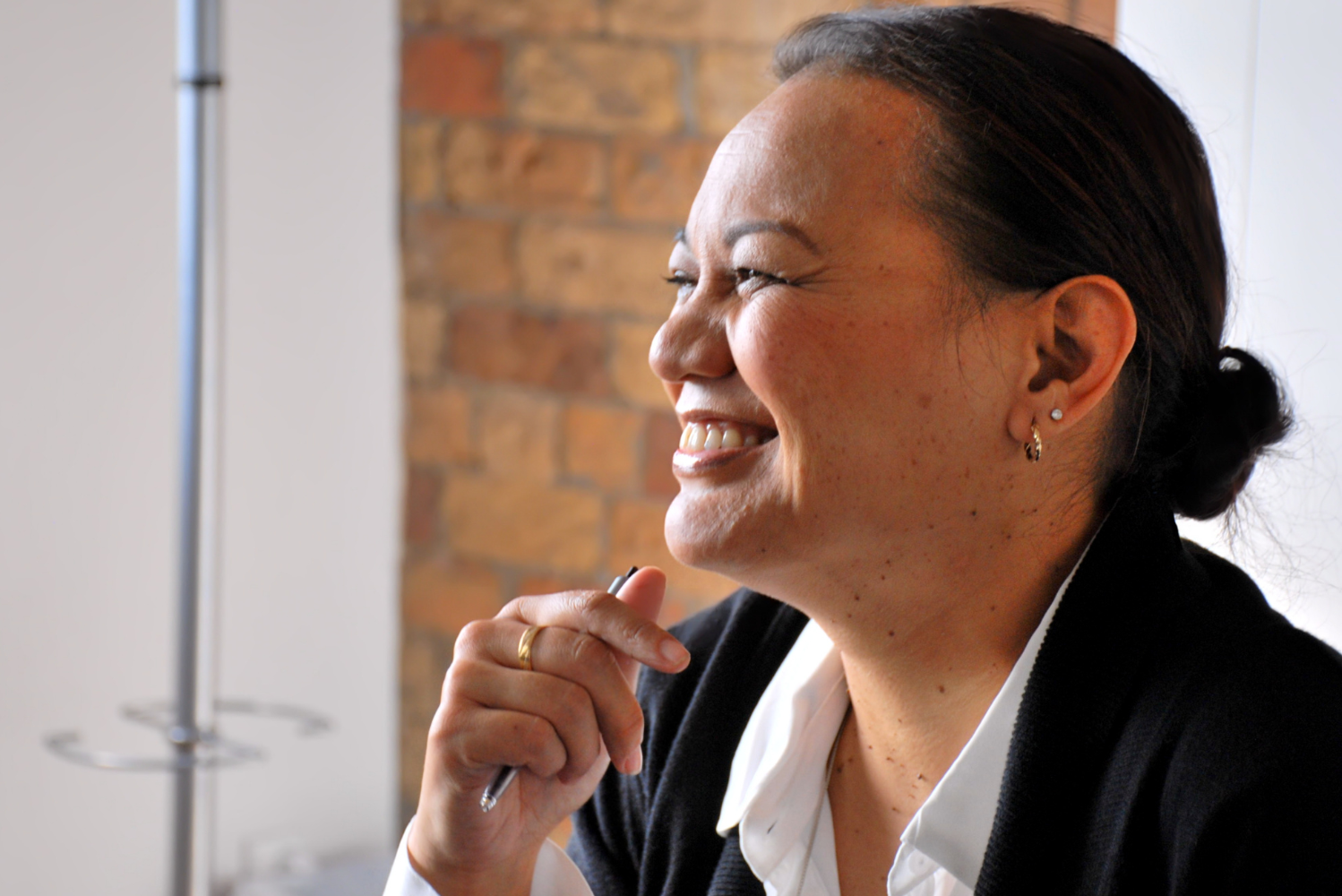
Local Foods, Businesses, and Roots: Business Chambers Supporting Community
The Pacific Islander community’s business scene is growing, bringing together long-established businesses with up-and-coming entrepreneurs. To many Pacific Islanders, restaurants and other family-operated businesses, along with entrepreneurial ventures, are the cornerstone of community stability. Whether you’re looking for the next great lunch spot, a caterer for a big event, or seeking a business to invest in, organizations like the Utah Pacific Islander Chamber and PIK2AR’s Pacific Island Chamber work to uplift the community.
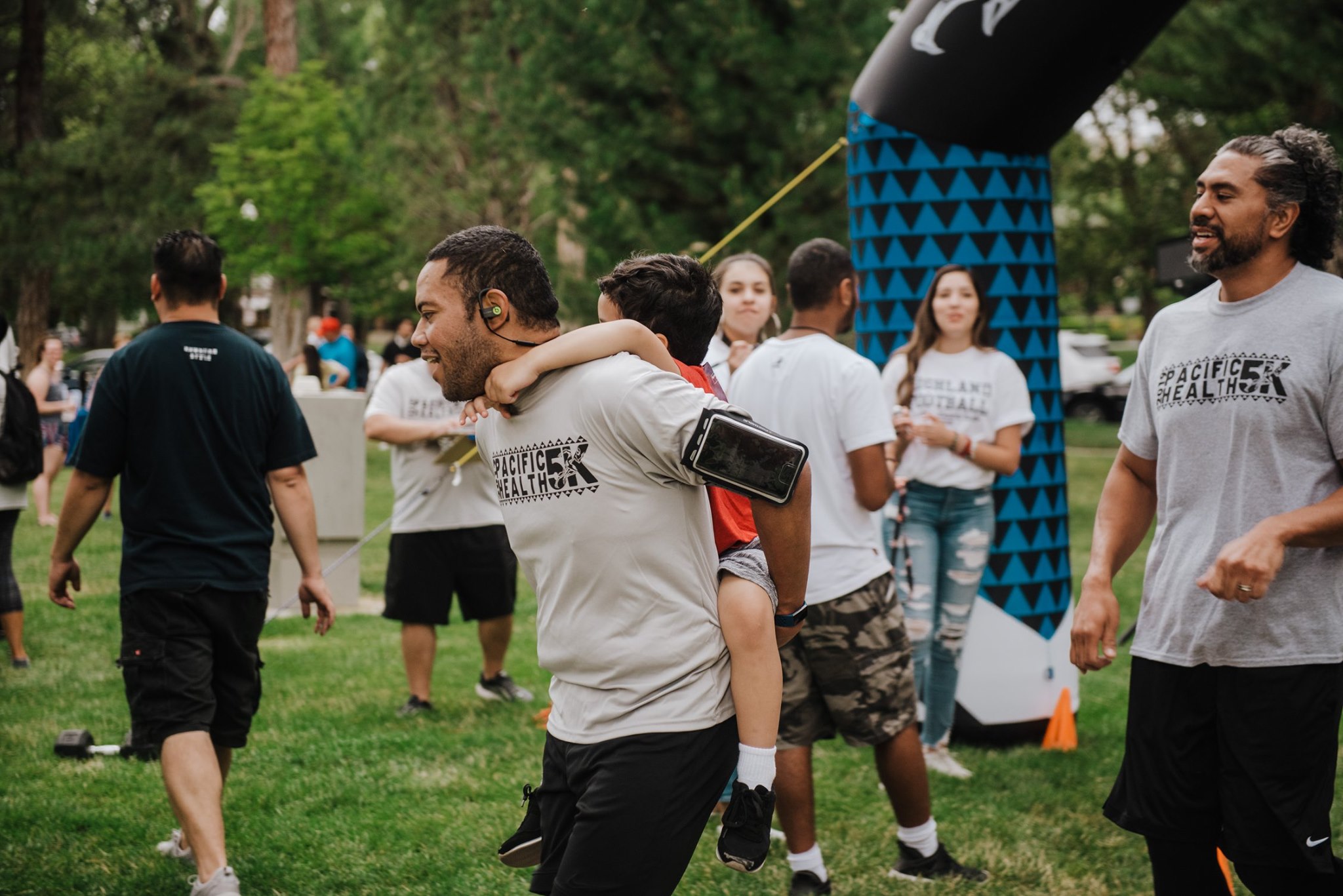
Organizations Empowering our Pacific Islander Utahns
Utah’s population of more than 60,000 Pacific Islanders is the third-largest in the nation by percentage, according to the 2020 decennial US Census. Organizations across the state provide resources that empower the community through education, health, and upward mobility. The Utah Pacific Islander Health Coalition focuses on improving quality of life, the National Tongan Association of Utah works to improve representation and visibility for Tongans, and the United Micronesian Women organization is about connection and community support. Check out the more in-depth list below!

Magnify Utah’s Community Pages capture organizations that support communities through resources, connections, and opportunity-building. The information does not necessarily reflect the views or opinions of the Utah Department of Cultural and Community Engagement (CCE), Utah Division of Multicultural Affairs, or divisions associated with CCE. The intent of this resource is to centralize information, not to endorse. The Utah Division of Multicultural Affairs reserves the right to accept or reject any submission or suggestion that does not align with the mission of Magnify Utah.

